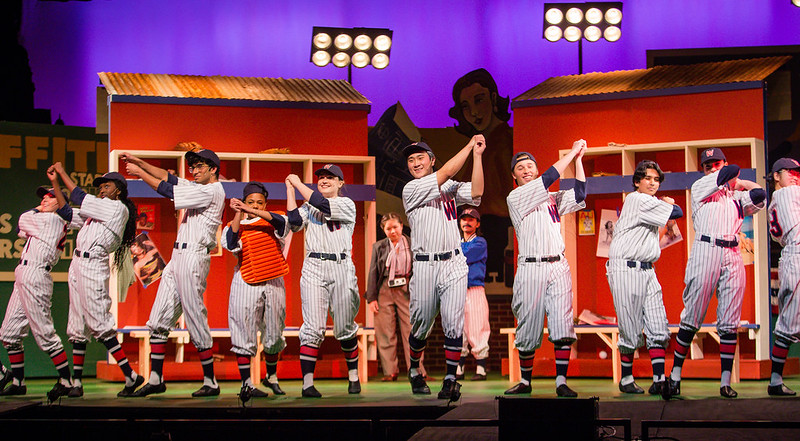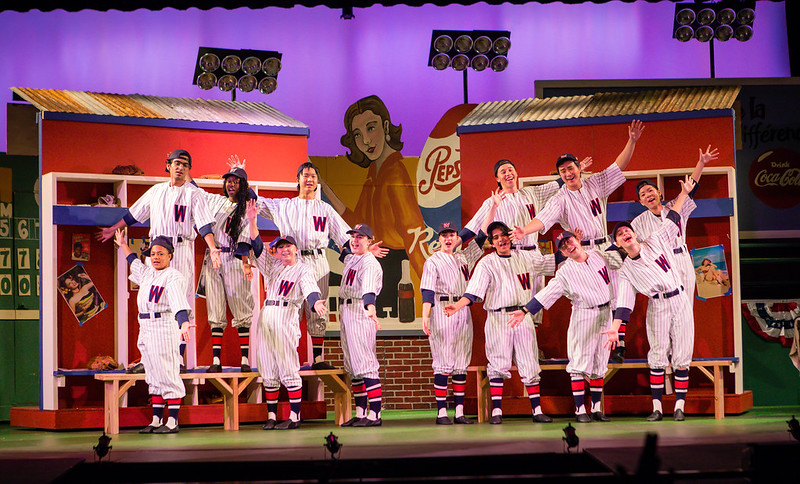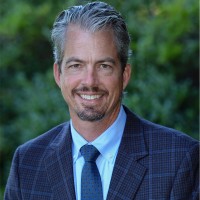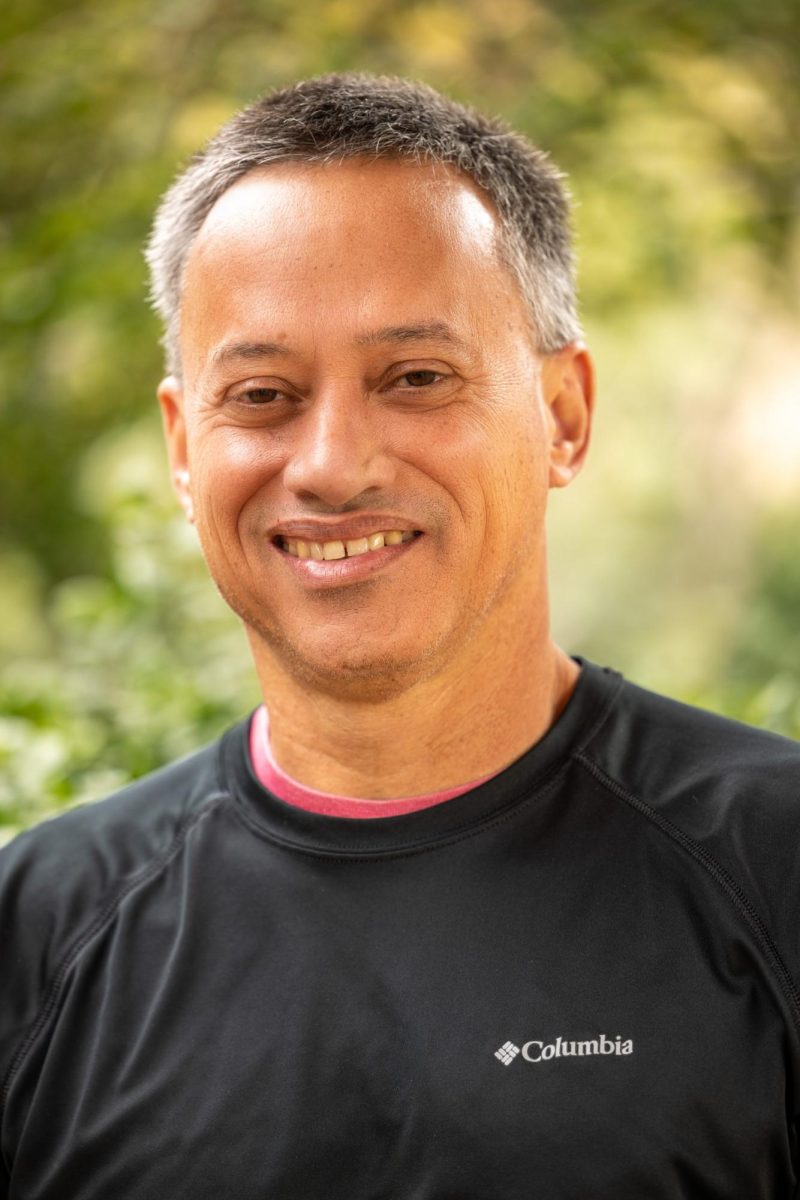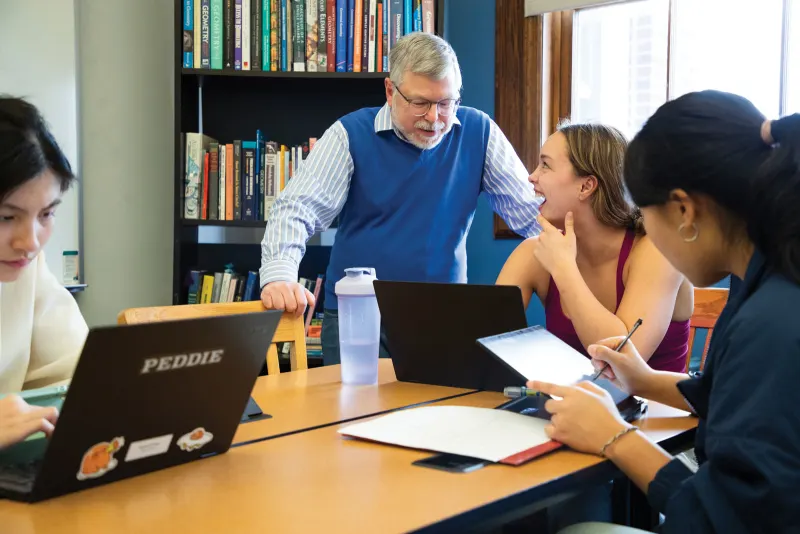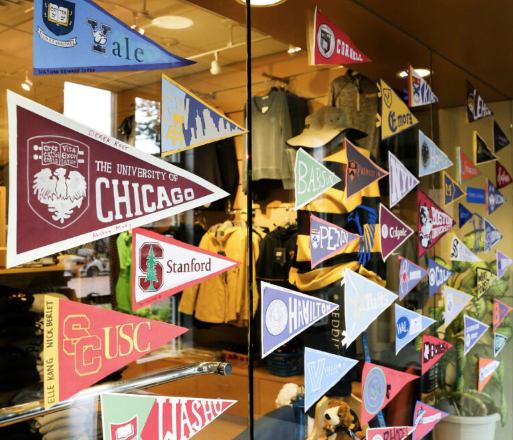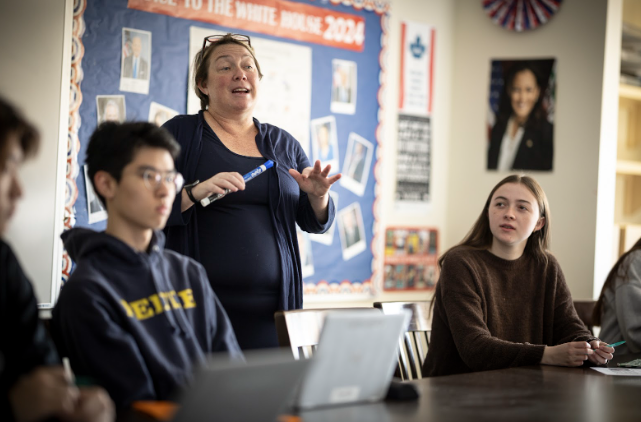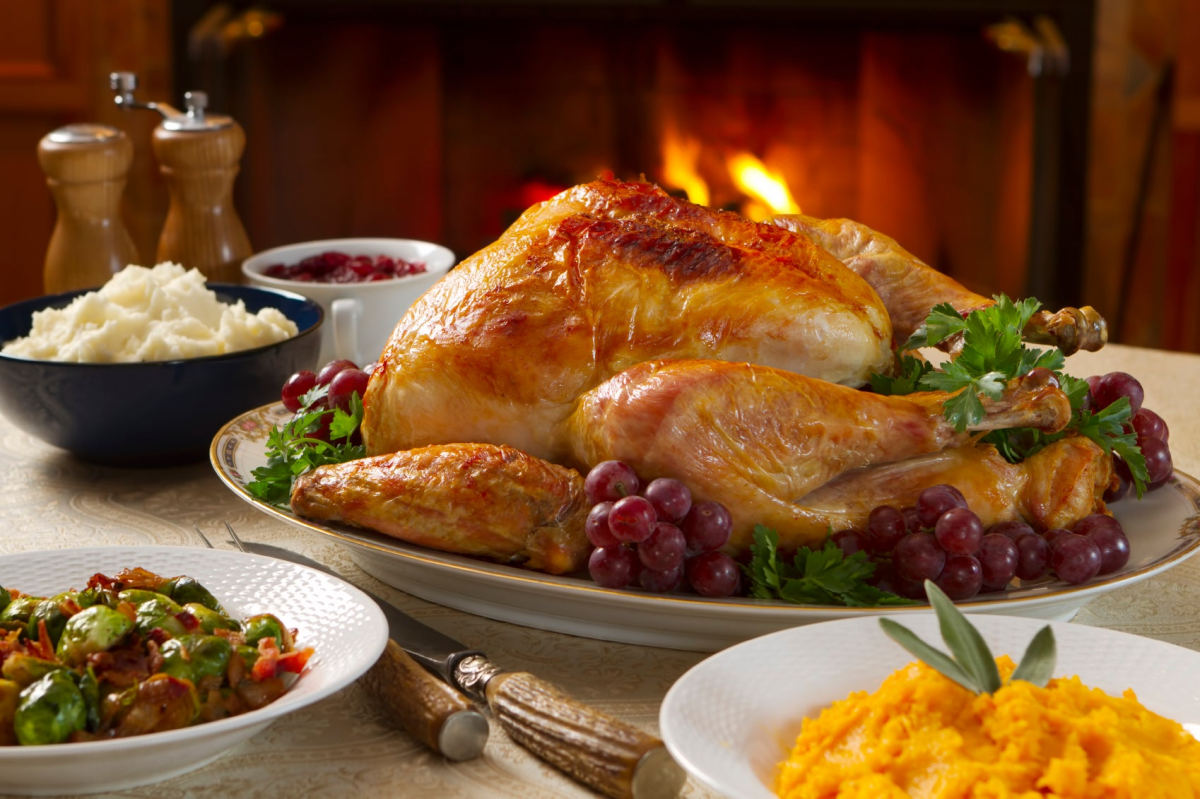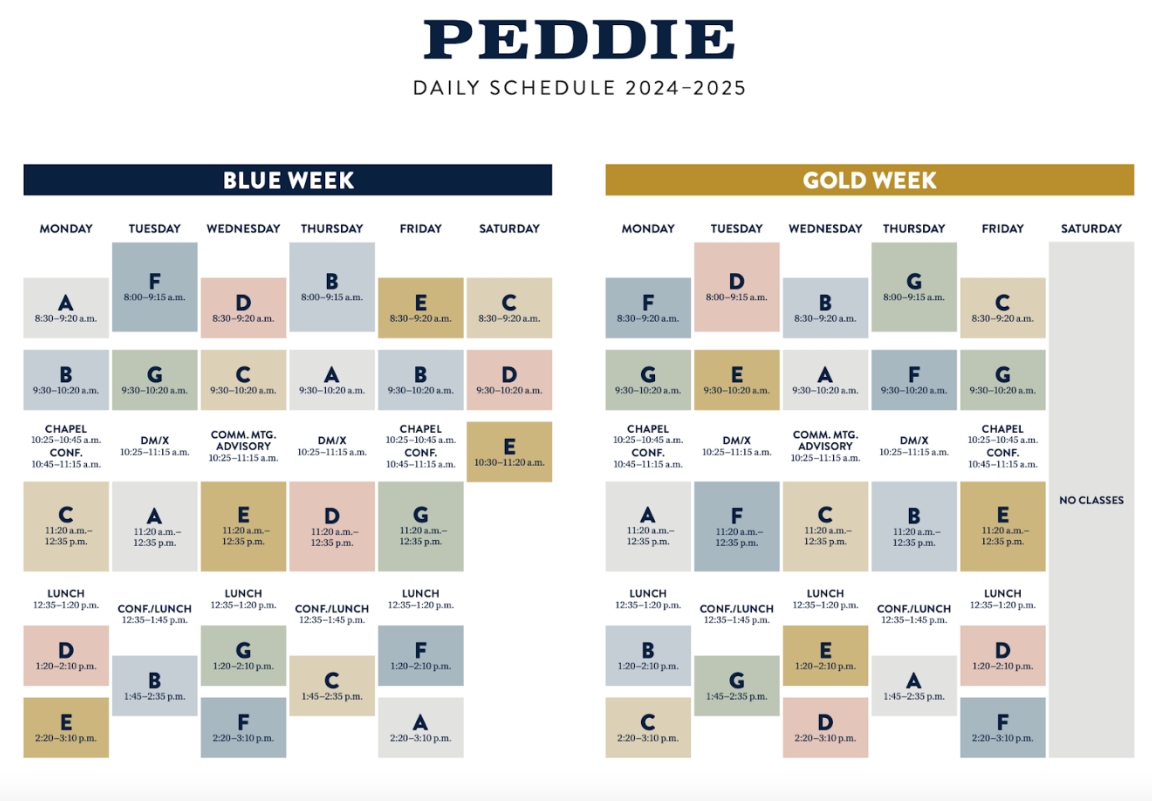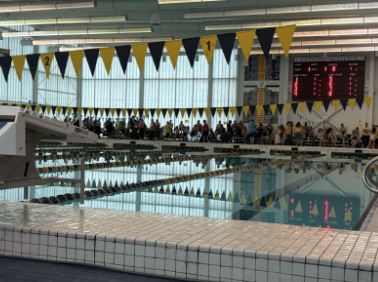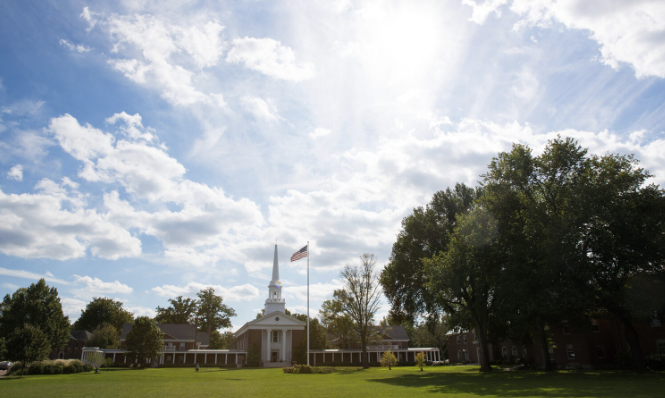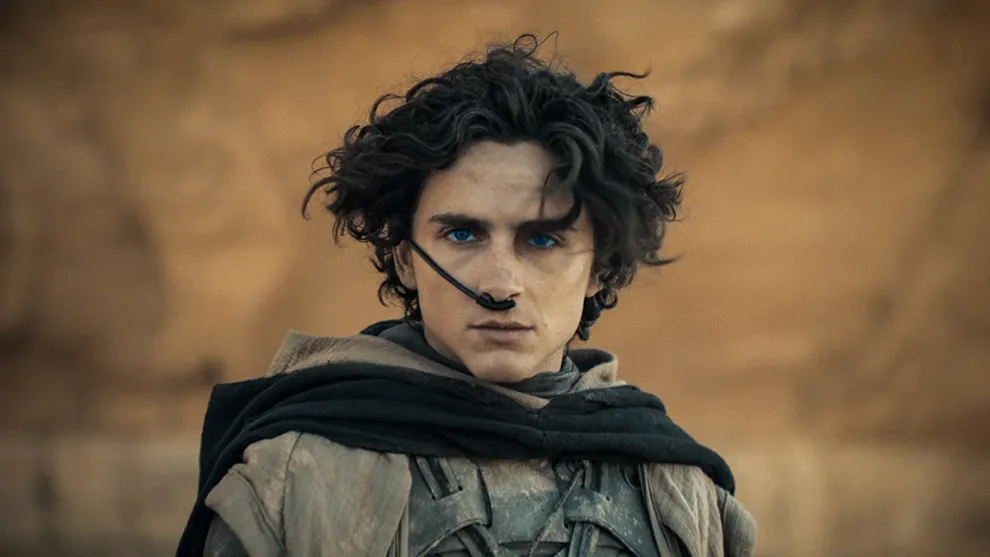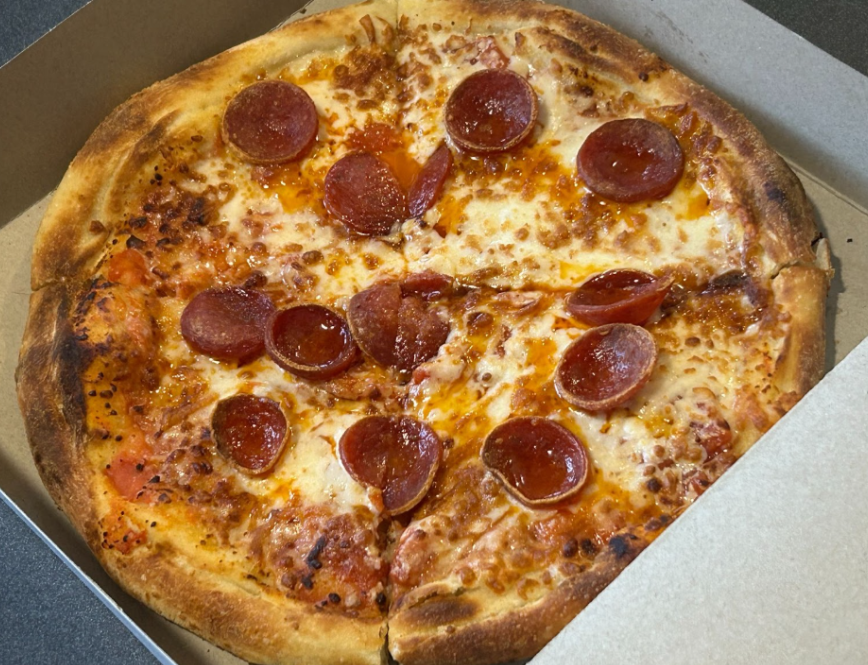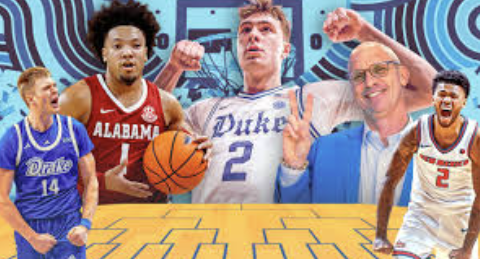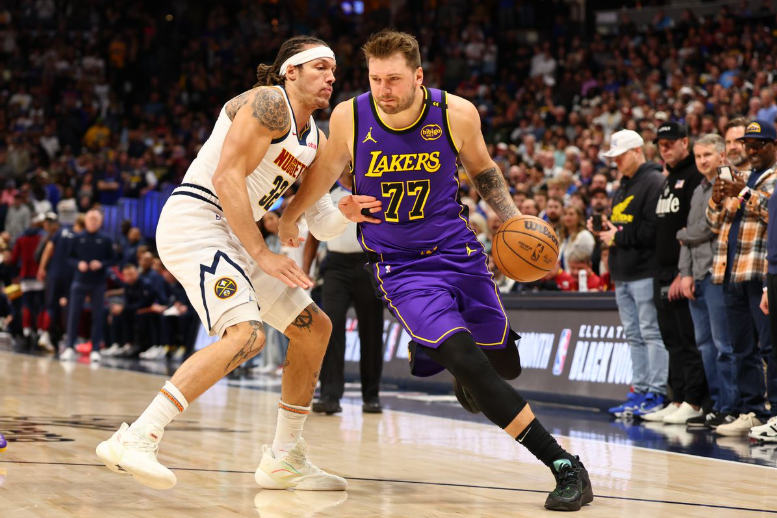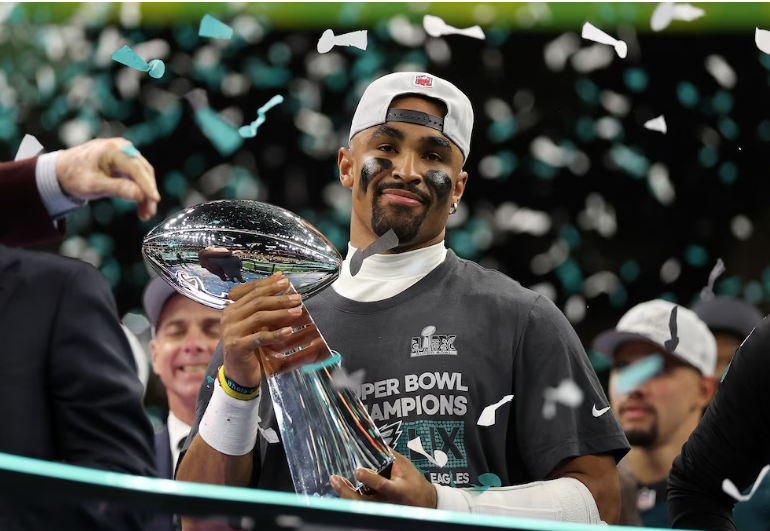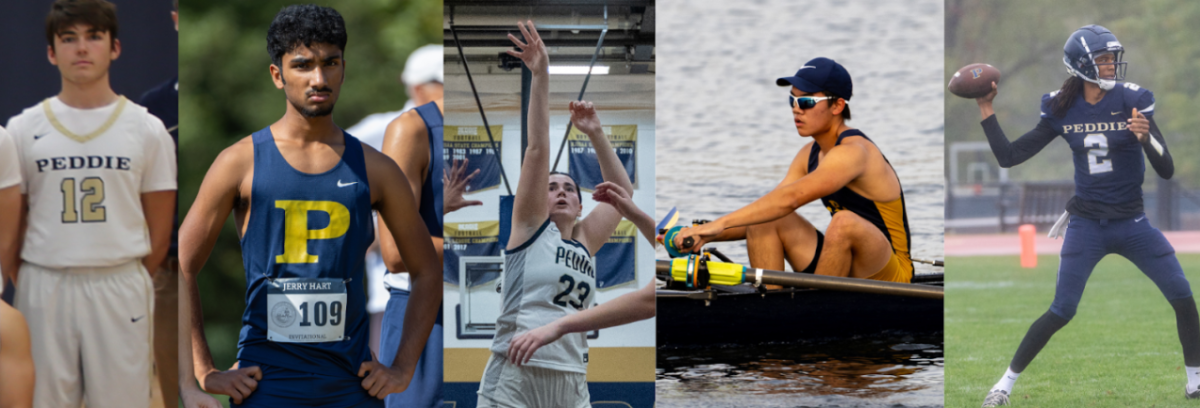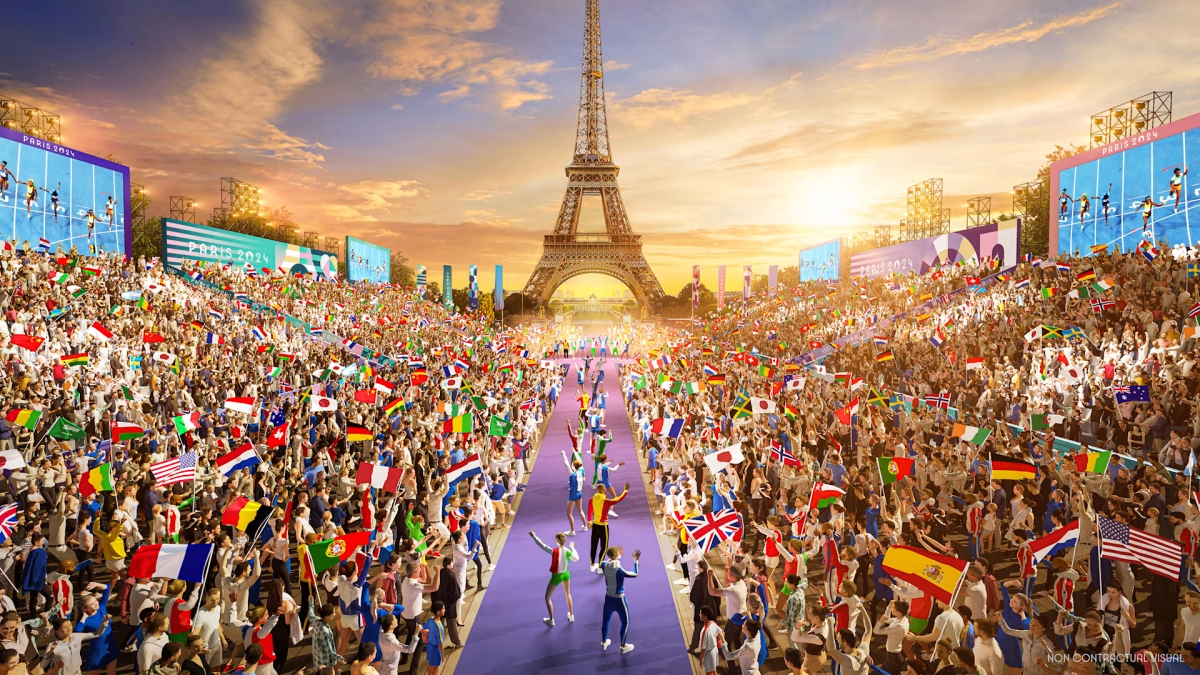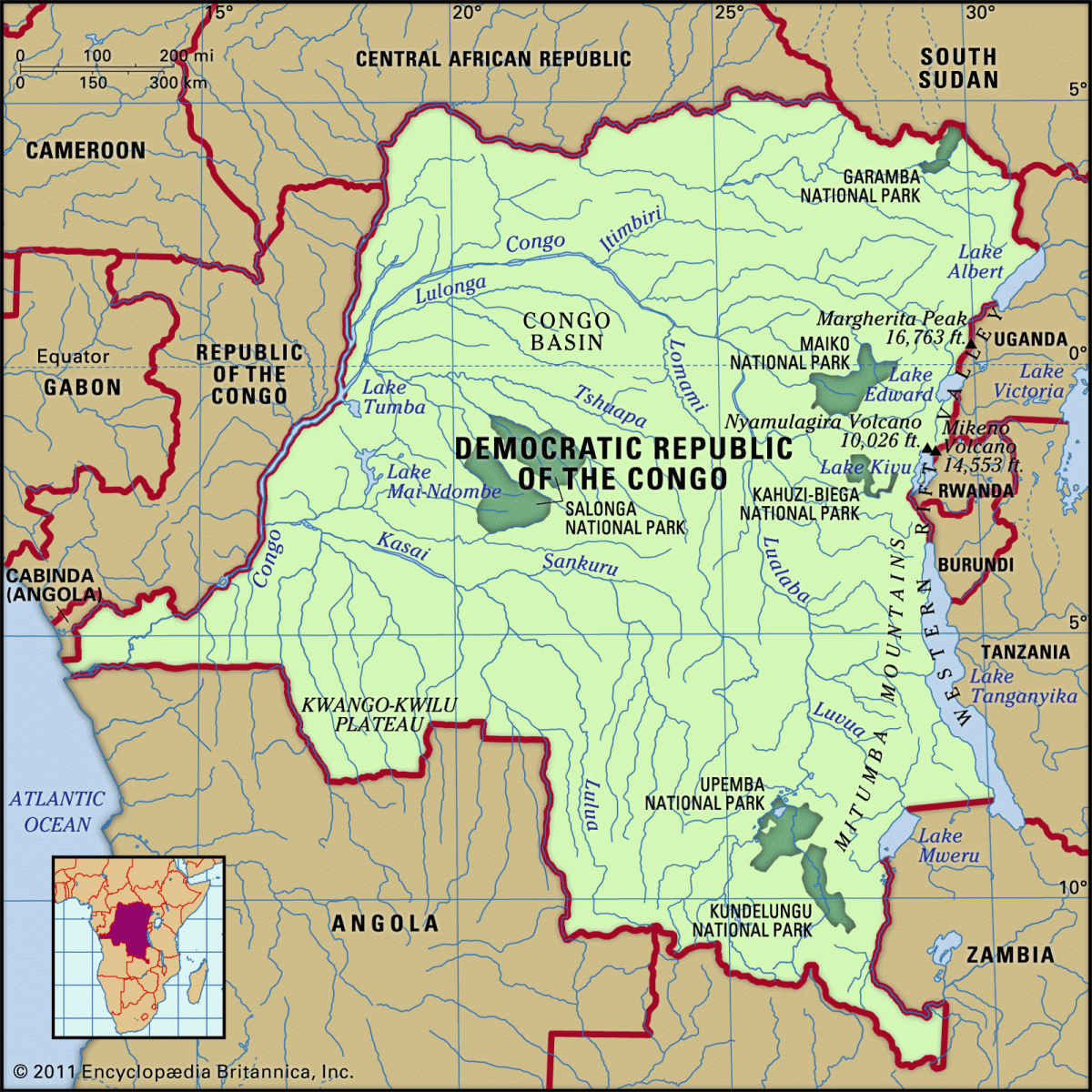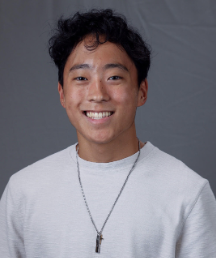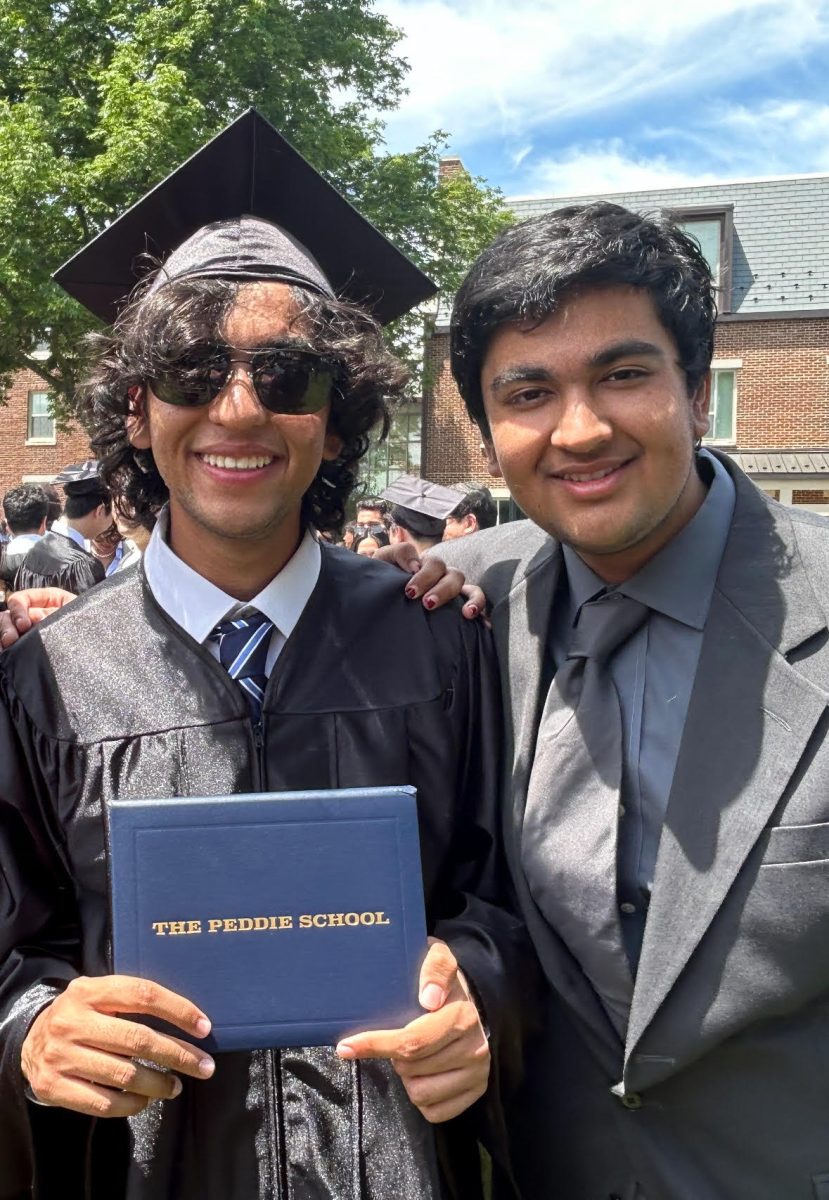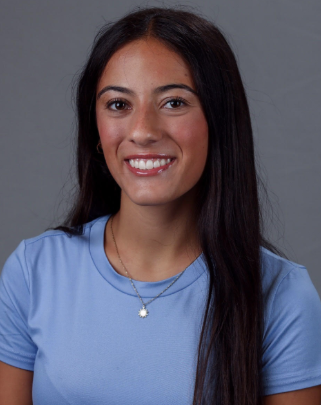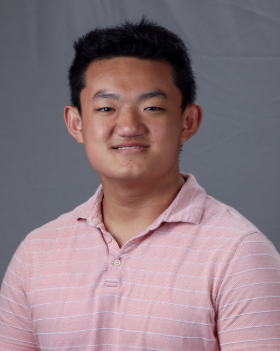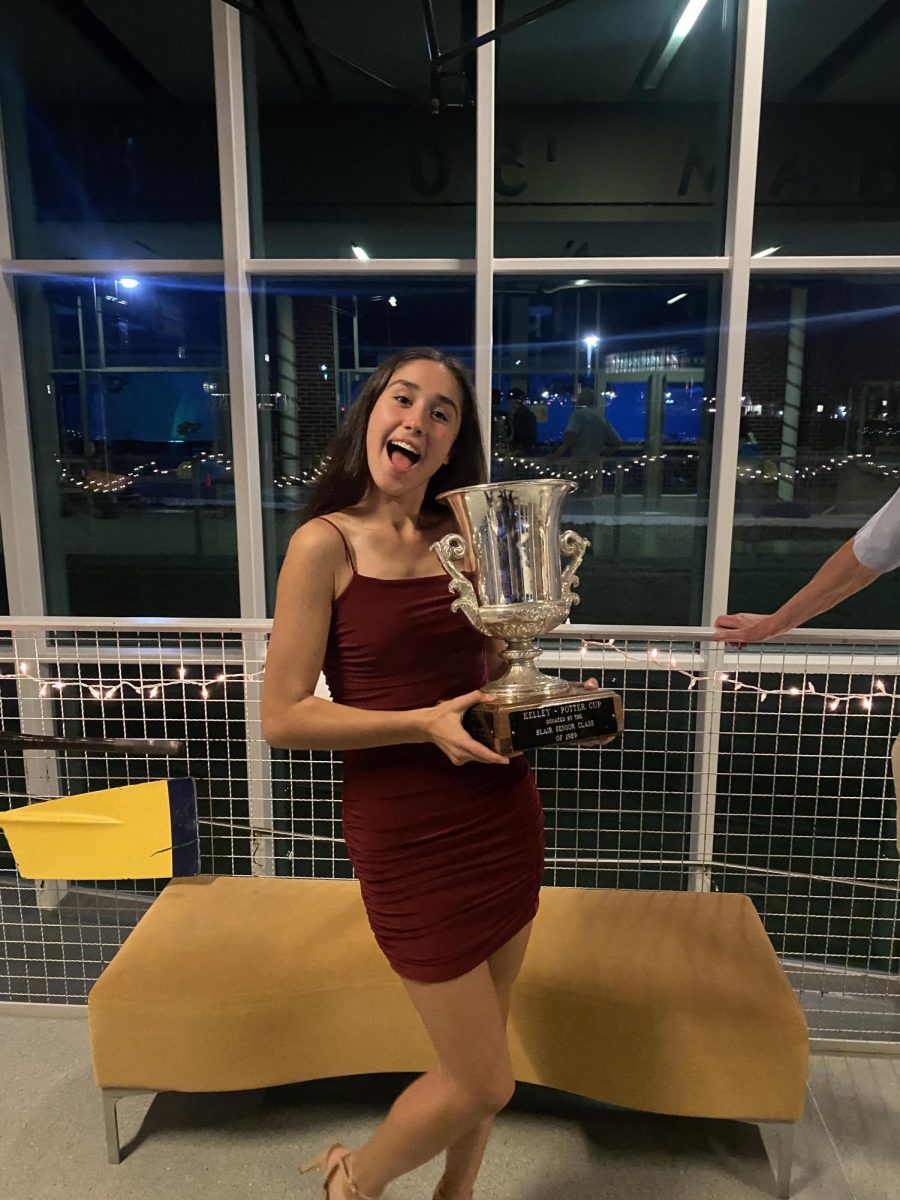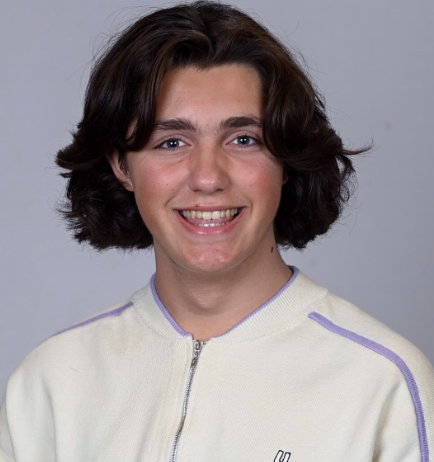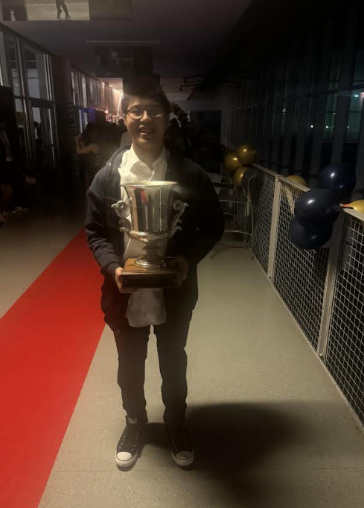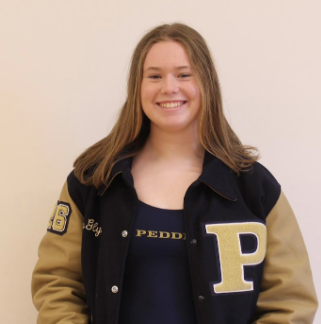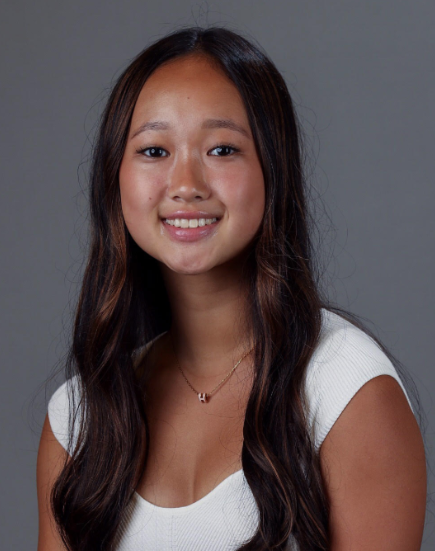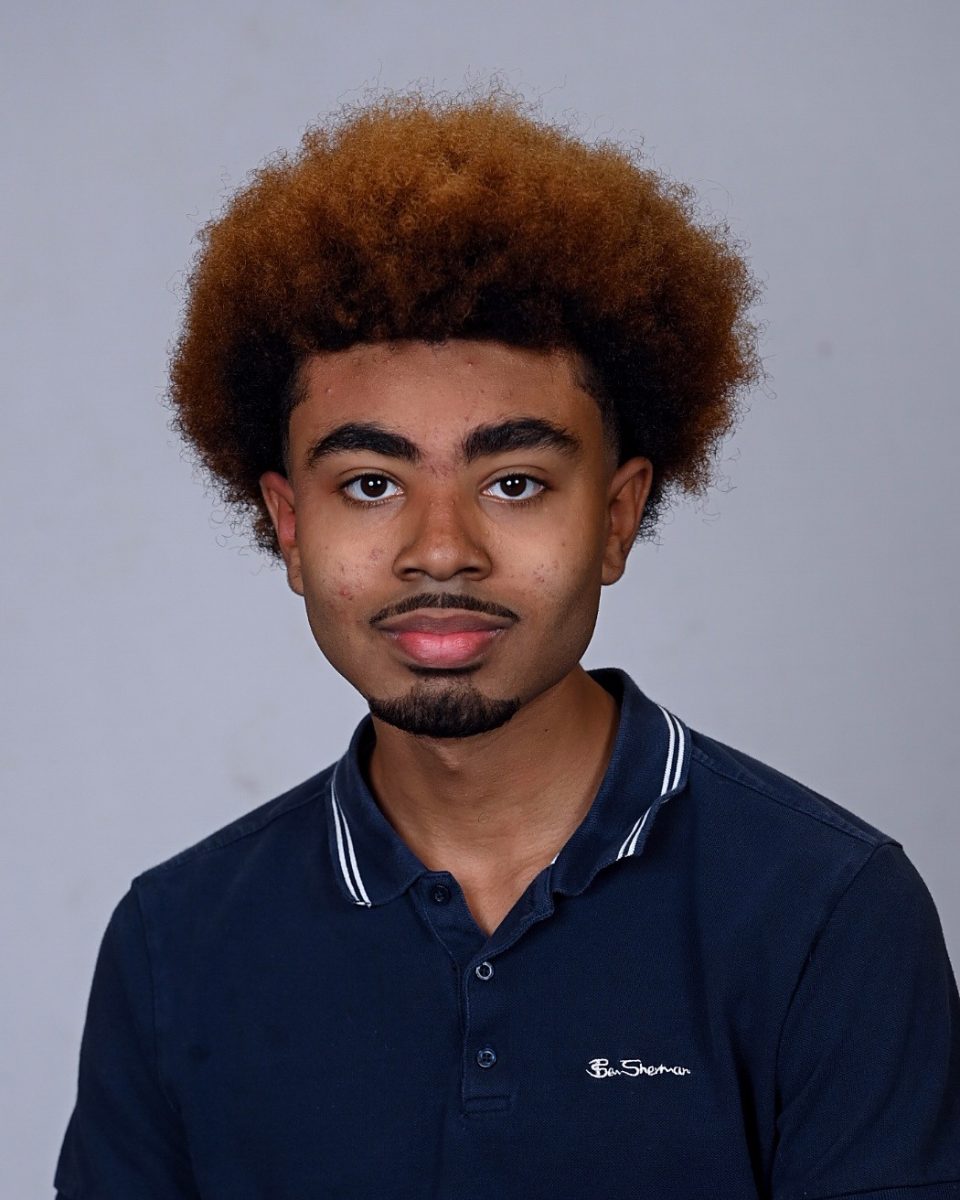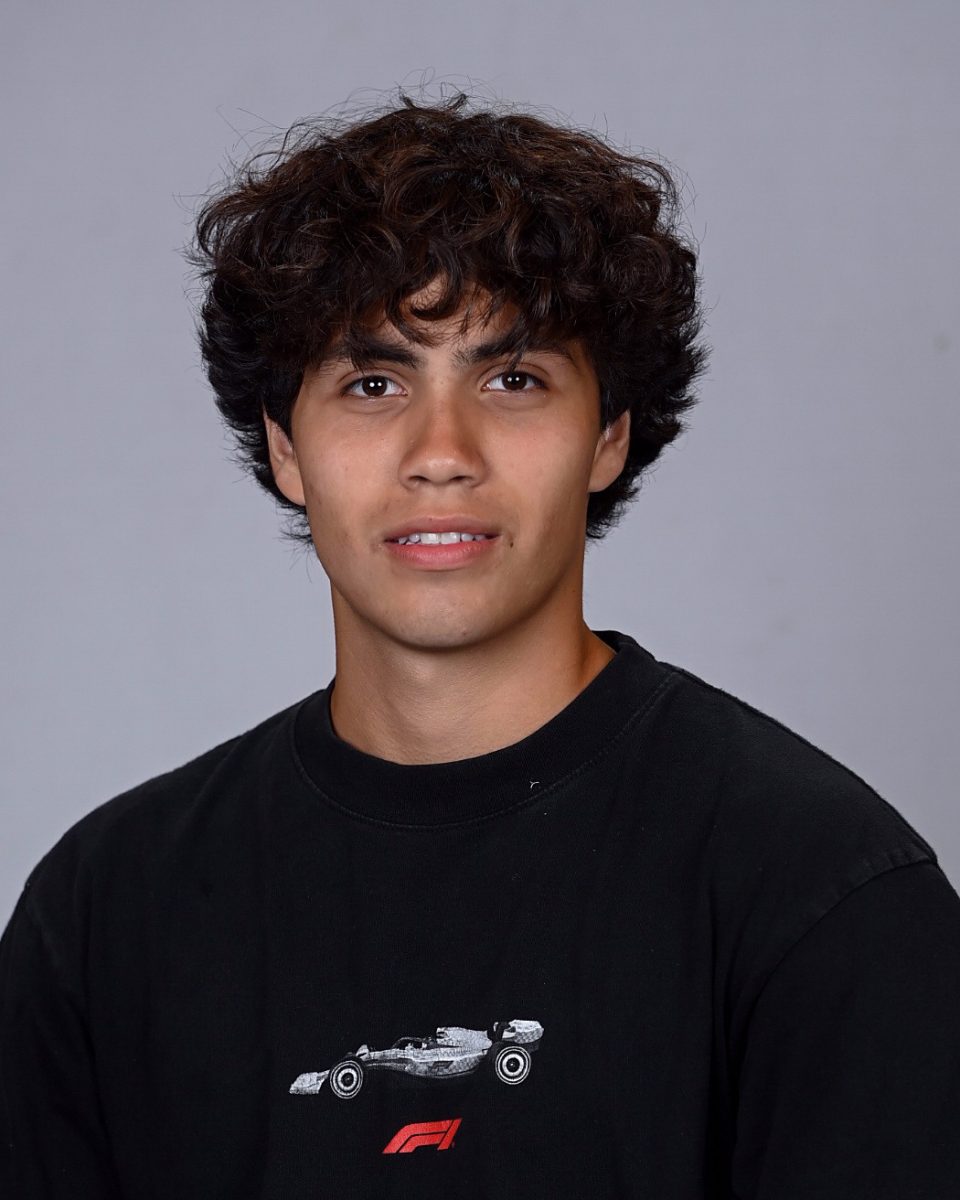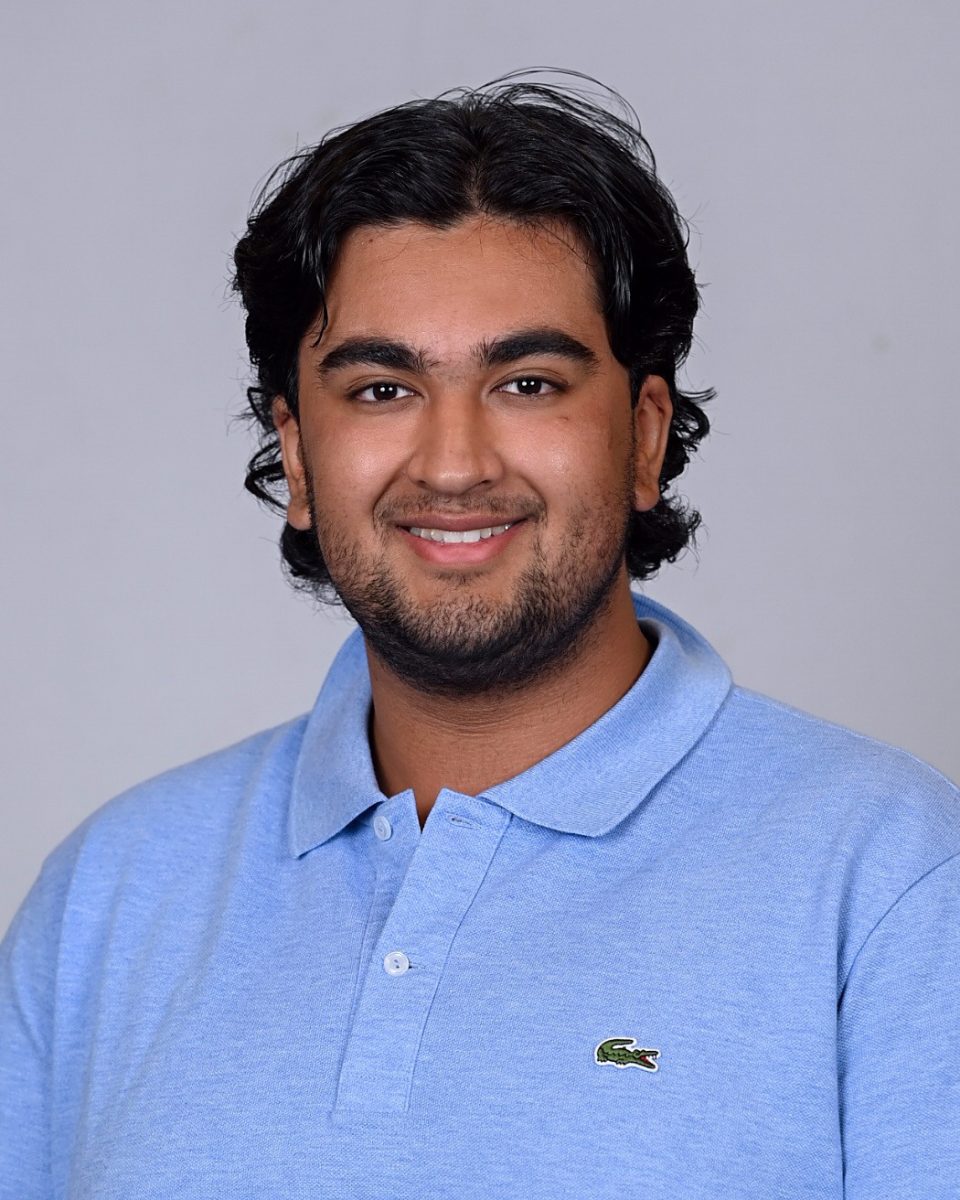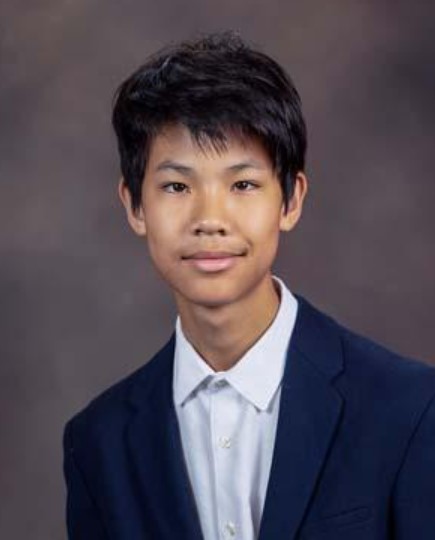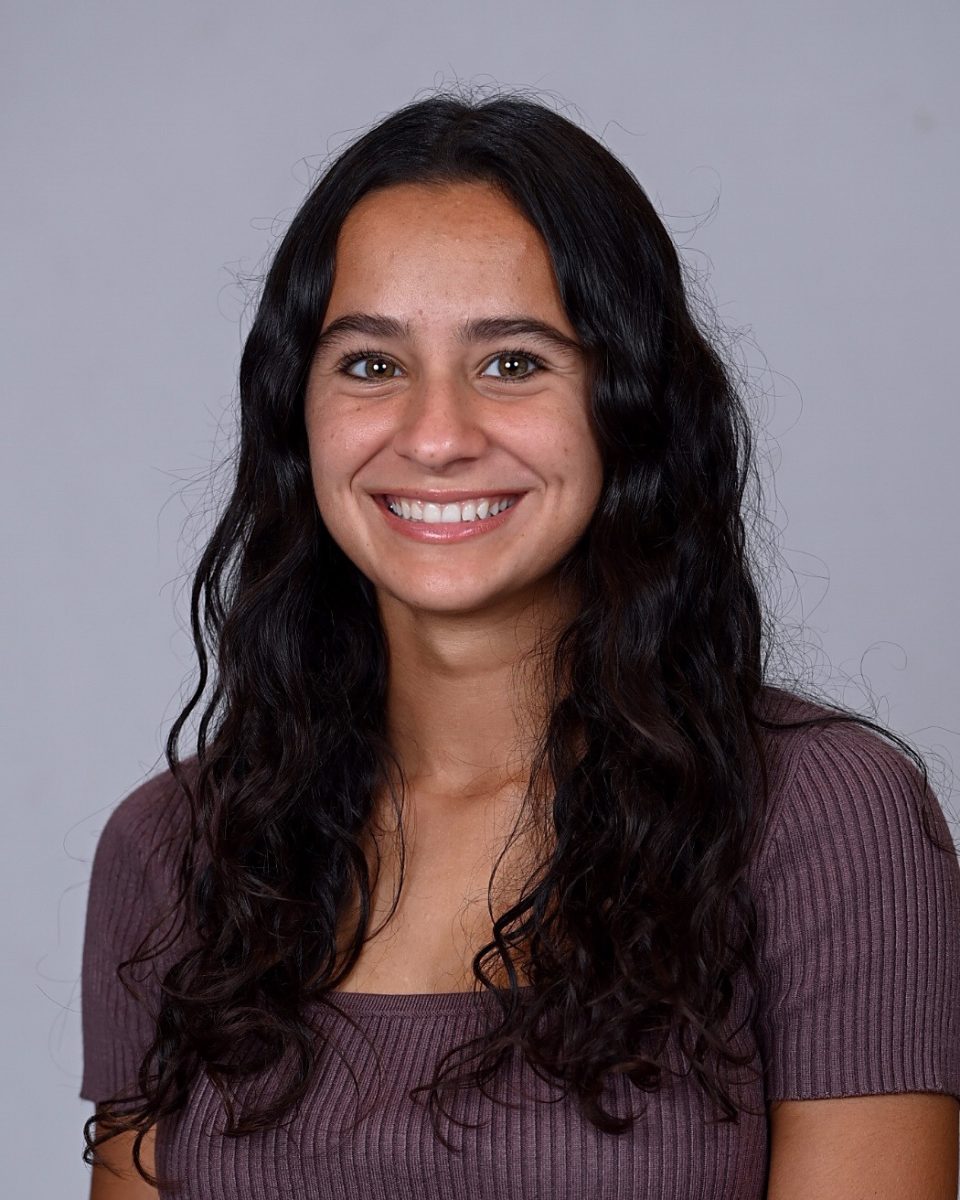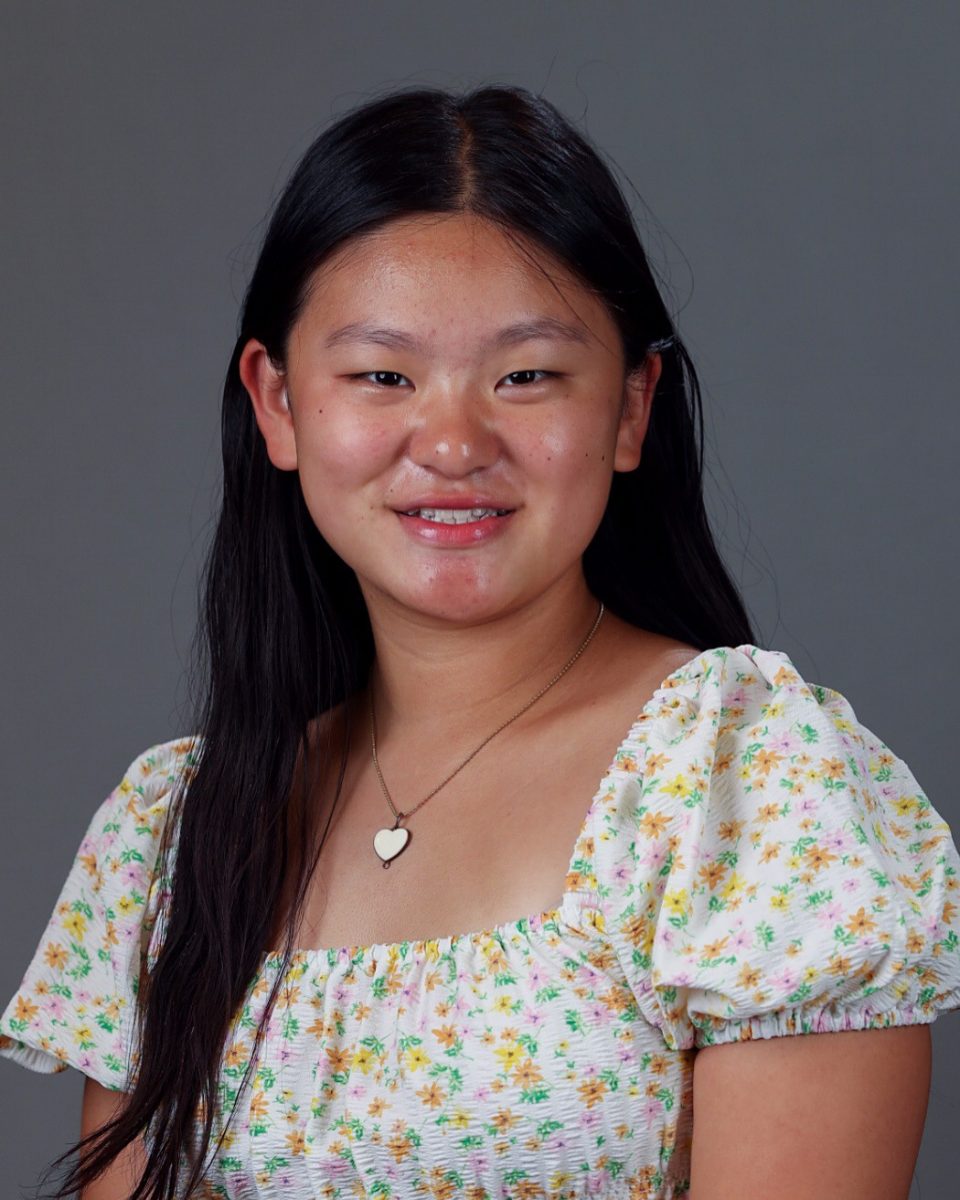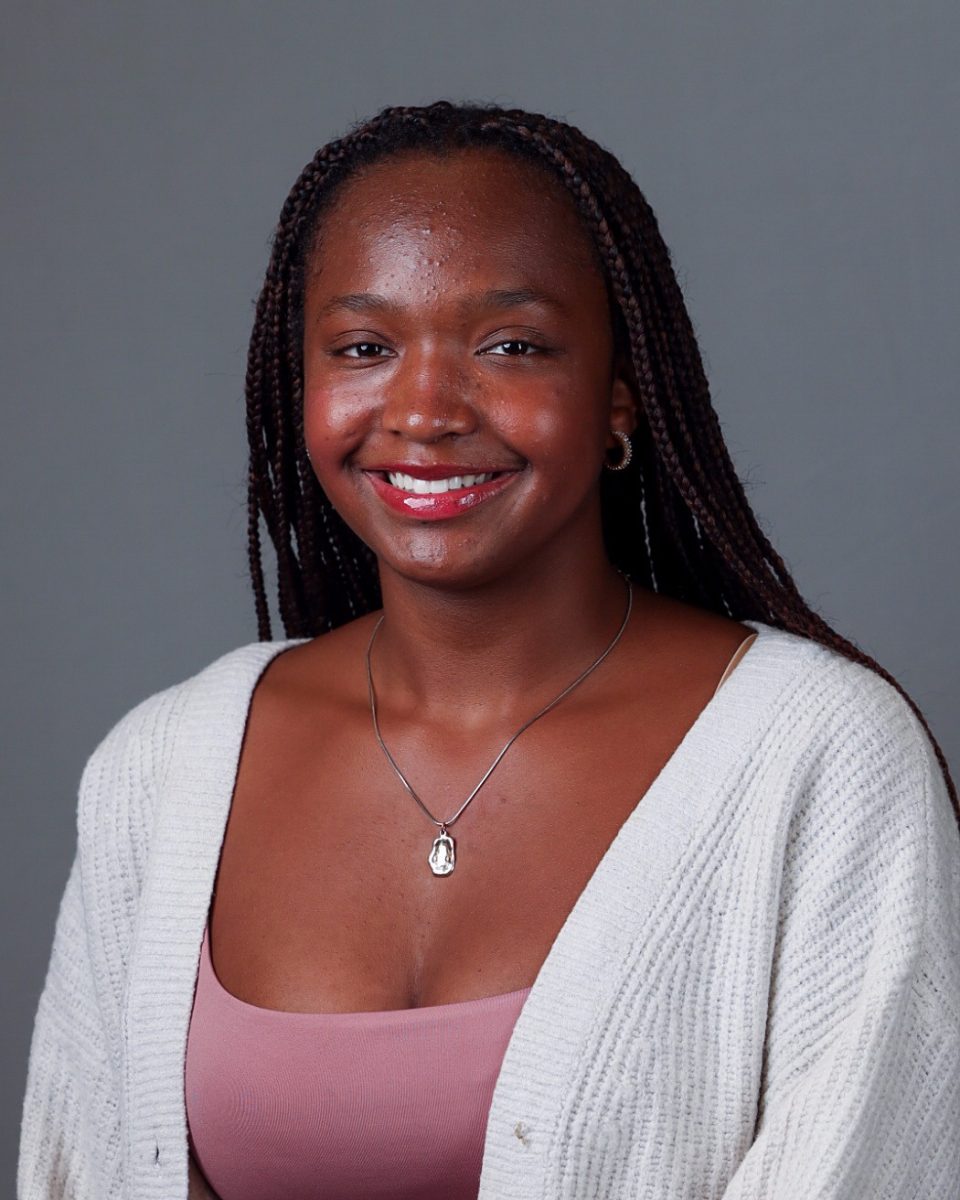Peddie Robotics Excels at Worlds
May 19, 2016
Peddie Robotics Team, also known as Team 5895, claimed the 5th seed on their field, Carson, making it one of the top first-year teams in the world. Peddie students traveled to St. Louis, Missouri from April 27 to May 1 to take part in the FIRST Robotics World Championships, an event featuring over 600 robotics teams around the world.
FIRST Robotics Competition (FRC), which stands for “For Inspiration and Recognition of Science and Technology”, was founded in 1989 by Dean Kamen. Kamen is an inventor and entrepreneur, most well-known for his invention of the Segway.
FRC teams are given six weeks to build a 120-pound robot, which is required to complete several tasks relating to the game of the given season. Each team usually has several sub-teams that divide up different fields of work. For example, Peddie Robotics has a marketing and finance team, a bBuild team, and a programming team. The competition emphasizes STEM elements in the challenges that students must face when trying to raise money, design/build and control their robot. After six weeks, teams must place their robots in a sealed plastic bag, to be opened at their first regional competition. Each team participates in two regional competitions, and proceeds to their district competition if they perform well enough. Then, even fewer teams from each district event is able to attend World Championships, an event that has been held in St. Louis for the past several years.
In the 2016 season, the game was titled “FIRST Stronghold”, a heavily medieval-themed game which involves robots that shoot balls into towers and cross multiple obstacles. Teams of three robots each, called alliances, worked together to complete the challenges. Each ball shot into the high tower goal was worth five points, each low tower goal was two points, and the first two crossings of any obstacles was also worth five points. Different rules and circumstances allowed teams to accrue points over the course of a two and a half minute match, with the team that had the highest amount of points winning.
After approximately 60 qualification matches, individual teams are scored and ranked. The top eight teams are made alliance captains, who then pick their two other partners from the remaining teams. Peddie was an alliance captain at regional, district and world championships. Alliance selection is a highly valued and hotly-debated topic. Teams often have students in the stands of each event dedicated to scouting. Collecting data related to how well teams did would ultimately decide which teams Peddie chose to join them in their alliance. The true value of this important task was apparent when Peddie, a rookie team, won many of their elimination matches from their strategic selection of teammates.
At a total cost of approximately $500, with financial aid available, students were able to take the flight to St. Louis, stay in the hotel for four nights and have a team dinner each night. This was all made possible from the money raised by the marketing and finance team from various sponsors who supported team 5895 in their rookie year. The total cost of the trip would have been much higher, had the team not been granted such gracious aid from their sponsors this year. In fact, it is estimated that the team raised a collective sum of $60,000 this year, an impressive feat for students who have not had experience in this field.
Head mentor and science teacher Scott Meredith commented on team 5895’s victory and placement this year, adding that fifth place at a field on World’s was the highest that one of his teams had ever placed.
“We definitely exceeded expectations for this year. We finished in the top 2% of teams at Worlds, and we were also the top-seeded rookie in the world, out of 400 other teams,” he said. Meredith has been involved in teaching robotics since 2009, mentoring a FRC team at Robbinsville High School.
With a great number of seniors leaving the team for college this year, though, the team may be facing the challenge of keeping up their phenomenal success. Currently, 34 students are involved on all three teams, with 19 of them on the build team. However, Meredith revealed plans to grow the team’s size next year to about 40 people, as a result of the remarkable increase in interest following the team’s performance at Worlds. This would undoubtedly leave a large proportion of novice students.
“It’s like any sports team. All the underclassmen will have to step up, and they have a great opportunity to step up and contribute more heavily and leave their mark on the team,” said Meredith.
In addition to the increase in students, Meredith is also planning to upgrade the robotics lab by adding a CNC Router with a 4-foot by 8-foot work bed. A new course, Engineering & Design II, will also be available next year to students interested in going into more engineering depth.



